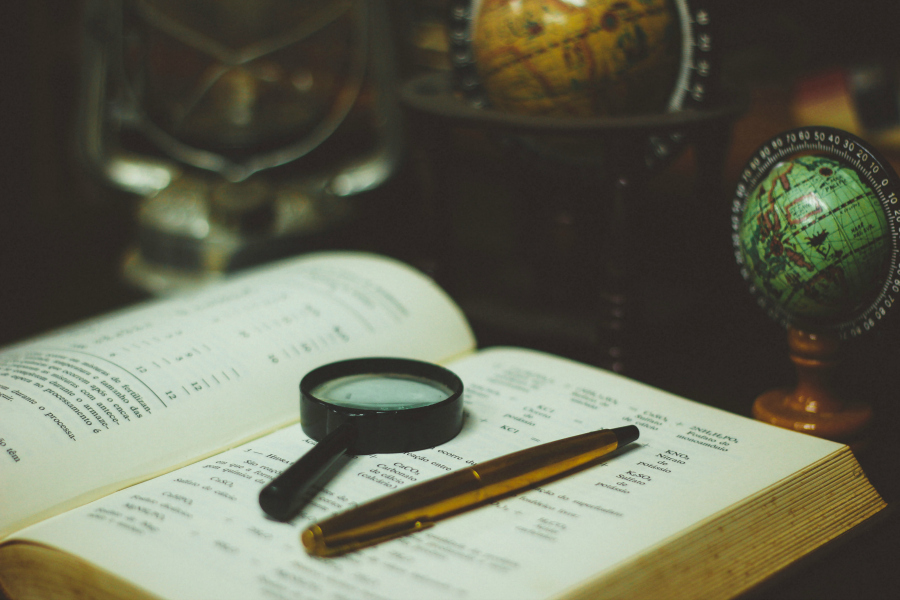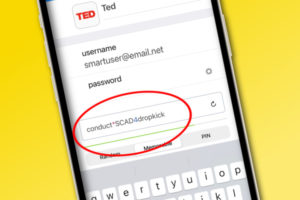We live in an age of photoshop and photo altering, and quite frankly, our teens and tweens are pretty savvy when it comes to pointing out (and complaining about) a model’s face that’s been de-wrinkled. But photos of women — made to look skinnier and younger — aren’t the only photos getting doctored.
These days, particularly in the current political climate, kids will encounter a whole lot of photos meant to be shared, whether it’s rallies, current events events, you get the idea. With so many kids using Instagram and Snapchat, two extremely photo-focused networks, it’s important for them to be able to tell if a photo is real or if it’s not.
Hey, we’re teaching them about how to spot fake news and check their sources, and a fake photo goes right along with it.
Related: Fake news gets easier to spot with Google Fact Check
The folks at Poytner have put together an extremely helpful article about how to spot fake photos that is really worth reading. Not only did I learn a lot, but I know how to succinctly explain things to my kids. They offer questions that you and your kids can ask themselves when looking at photos, as well as how to do a reverse Google image search, plus a couple of online resources that can help you check photos sources too.
These resources are fantastic for learning how to find the original owner of a photo to ensure you’re properly crediting them when sharing.
I’m the first to admit that I’ve fallen victim to sharing a doctored image a few times, and I’ve been working online for 12 years (and should really know better). So, even if you think you know how to sniff out a fake, it’s worth taking a few minutes to read this article and brushing up yourself.
Top image via João Silas on Unsplash













